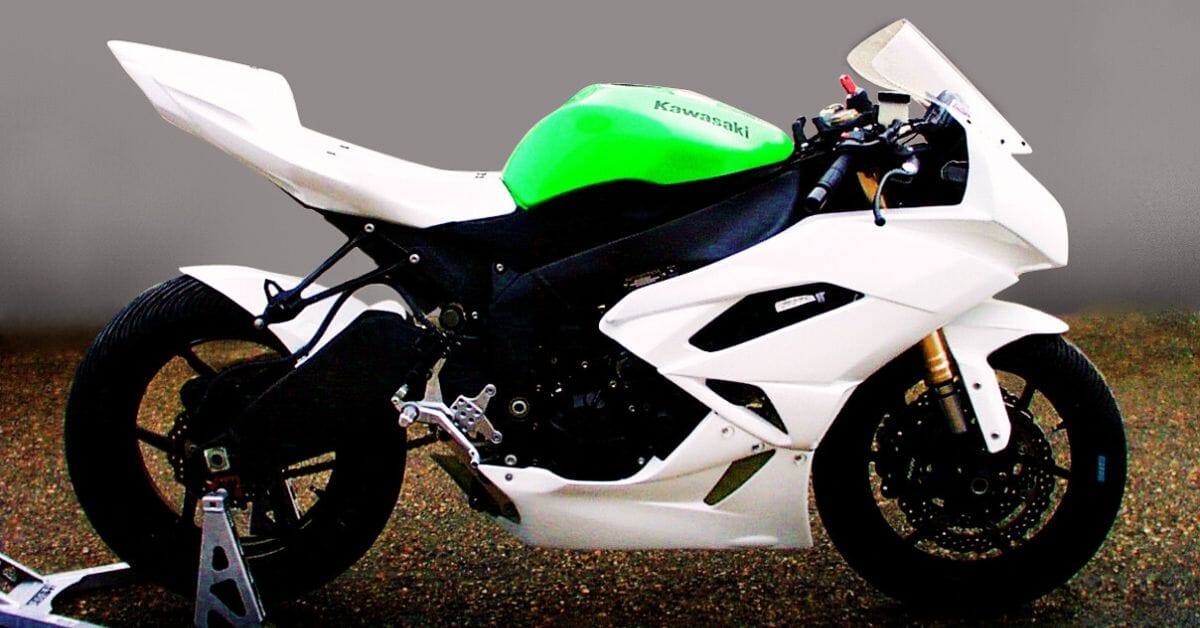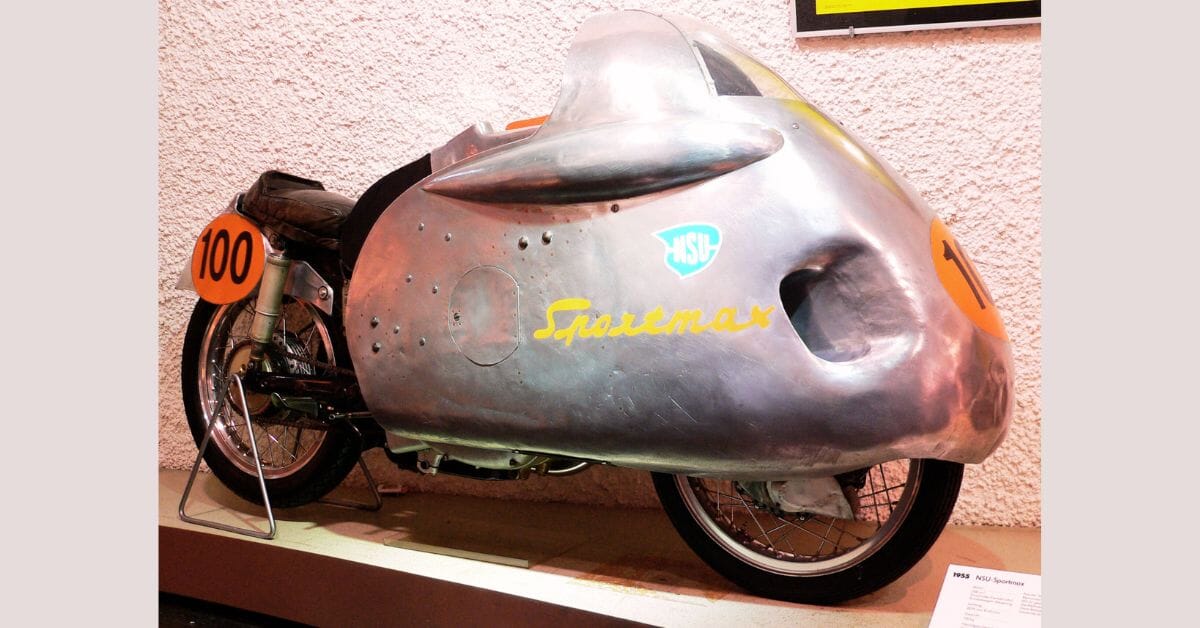Everything You Need to Know About Motorcycle Fairing

The motorcycle has always been a symbol of freedom and speed, however their basic design offers little protection from the elements or wind resistance. This all began to change with the introduction of fairings, which transformed the performance, comfort, practicality and style of motorcycles forever.
The very first use of a motorcycle fairing is often credited to Racer Stanley Woods, whose 1926 Isle of Man TT-winning Norton had a slanted number board and clear screen attached to the front. Throughout the 1920s, fairings started appearing on motorcycles used for endurance racing and speed record attempts. These were rudimentary, often handmade from metal or leather, and focused on reducing wind resistance.
After World War II, many factory racing teams began fitting fairings to their Grand Prix machines. Italian manufacturer MV Agusta being a notable early adopter, their bikes - ridden by legendary racers like John Surtees and Giacomo Agostini - featured full fairings for improved aerodynamics.
Some manufacturers took it to the extreme, adopting the almost full enclosure of what became known as the ‘dustbin fairing’. These were short-lived due to their weight, their susceptibility to cross winds and turbulence, and the limits they placed on turning circle and suspension movement.
Motorcycle fairings on road-going bikes
Motorcycle manufacturers began experimenting with fairings and bodywork for road use in the 1930s - BMW’s 1934 R7 concept bike showcased a very futuristic design, using aerodynamically-shaped body panels and mudguards.

(Motorbike "NSU SportMax" (1955) at the de:Deutsches Zweirad- und NSU-Museum Neckarsulm/Germany, 2006, by J. Köhler)
The late 1950s saw some push the concept further in reaction to the boom in scooter sales; the fully-enclosed Ariel Leader and Vincent Black Prince being the two most well-known examples of bodywork offering improved comfort and cleanliness as well as aerodynamics.
Fairings began to be more widely adopted by road riders in the 1960s. Aftermarket makers like Avon and Windjammer began offering handlebar and full fairings owners could fit themselves. By the late 1970s, fairings had started to become an integral part of motorcycle design; BMW’s R100RS was the first production road bike to feature a factory-fitted full fairing that was designed in a wind tunnel.
The benefits of motorcycle fairings
Fairings offer several benefits to road riders, making them a popular choice for touring and long-distance rides:
- Improved Wind Protection: The most significant benefit of a fairing is the wind protection it provides for the rider. This reduces fatigue, especially on extended rides.
- Protection from the Elements: Fairings also offer some protection from the weather, making riding in less than ideal conditions more manageable.
- Enhanced Aerodynamics: A well-designed fairing can improve a motorcycle's aerodynamics, reducing wind resistance and drag. This can lead to increased fuel efficiency and improved handling at higher speeds.
- Storage and Comfort Features: Many fairings incorporate storage compartments for essential items. Some have integrated windscreens or sections of the body that can be adjusted for optimal comfort.
Fitting a motorcycle fairing
Key things to consider when fitting an aftermarket fairing to your motorcycle are:
- Compatibility: Ensure the fairing is specifically designed for your motorcycle's make and model. A mismatch will lead to significant fitment issues and frustration.
- OEM vs. Aftermarket: Fairings from your motorcycle's Original Equipment Manufacturer (OEM) are guaranteed to fit perfectly, but they can be expensive. Aftermarket fairings offer more variety and affordability, but compatibility needs double-checking.
- Weight: will the improved wind protection/aerodynamics be worth the additional weight you’re adding to the bike? Carbon fibre is a lighter option than fibreglass or ABS (‘plastic’), but it is more expensive.
Bespoke Brake and Clutch Cables, and Hoses for bikes fitted with a fairing
Some fairings may require modifications to your motorcycle for proper fit. Often that can mean relocating things like indicators or headlight(s) or fitting higher or lower handlebars.
If you’re fitting a fairing to your motorcycle and need to modify your throttle, clutch or speedo cable to suit the new setup, try our Bespoke Cable Service; we can make a cable to almost any specification. Our Line Builder Tool allows for quick and easy creation of bespoke hydraulic lines too.
You can even order bike-specific brake line kits and cables in longer lengths via our website - find out more HERE


